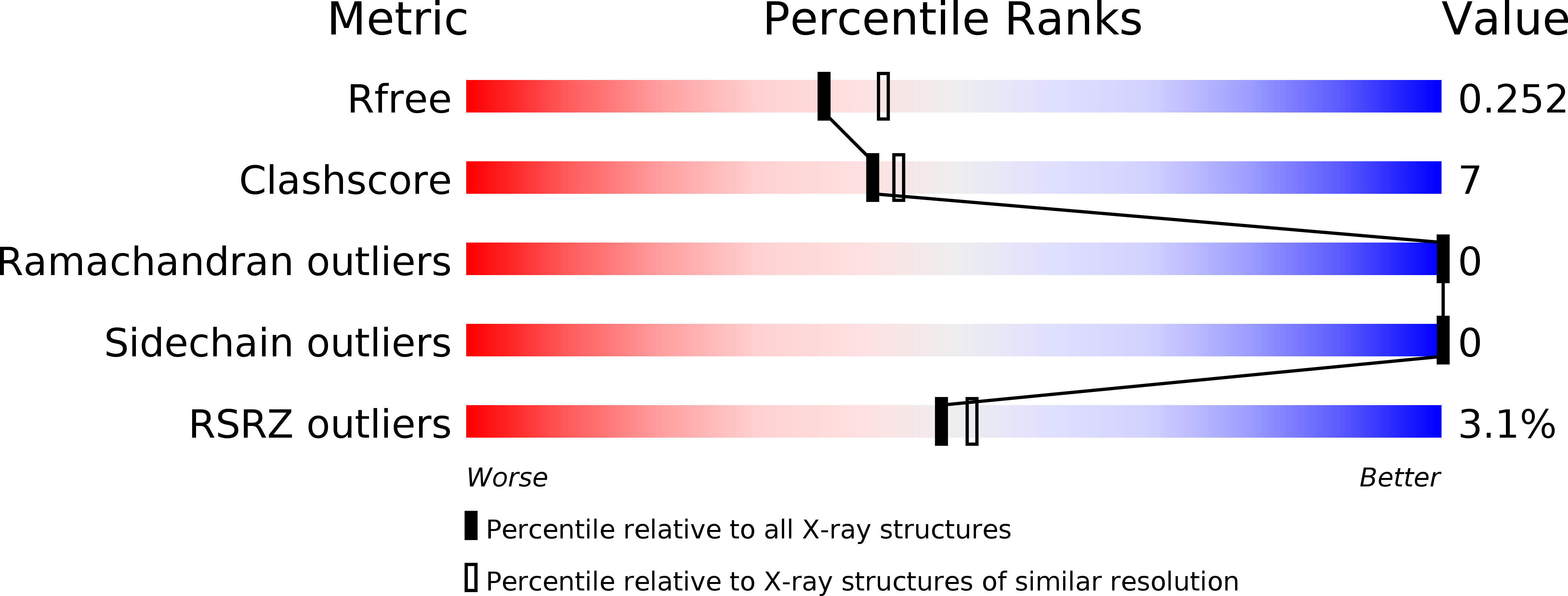
Deposition Date
2018-02-27
Release Date
2018-06-13
Last Version Date
2023-10-04
Method Details:
Experimental Method:
Resolution:
2.25 Å
R-Value Free:
0.24
R-Value Work:
0.20
R-Value Observed:
0.21
Space Group:
H 3


